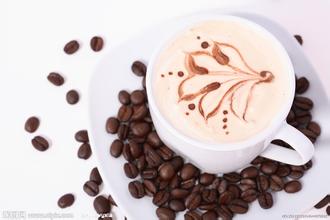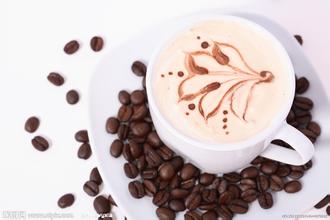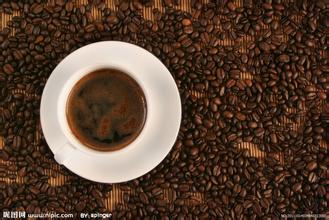The present situation of coffee industry in Yemen and the origin of mocha coffee
Yemeni coffee is also picked and processed entirely by hand. Coffee beans are initially processed by drying and naturally air-drying in the sun. This method is the most primitive and simplest, does not use any machinery, and does not undergo cleaning, so sometimes there are small amounts of sand and small stones in Yemeni coffee beans. At present, only Brazil, Haiti and a few parts of India still use drying method to process coffee beans. The coffee roasting process is also done entirely by hand, and the temperature is entirely dependent on experience and feeling. From planting, picking to roasting, every process is done in the most ancient way, although the coffee beans roasted in this way vary in color, but it is this combination of rough and wild flavor aroma, creating a unique Yemeni mocha coffee, no wonder some people call mocha "the diamond in the crown of Asian coffee."
Yemeni coffee has different names according to its specific origin. There are thirteen main types. Although the taste and aroma are slightly different, they are still collectively called mocha. Among them, the most famous varieties, such as Sanani, Mattari and Harazi, are mainly distributed in the mountains around the capital Sana'a and in the high-altitude mountains between Sana'a and Hodeida. Yemen mocha coffee fruit smaller, high density, acidity, unique aroma, compared with other famous coffee varieties, sour, malt, nuts, wine, chocolate and other spices mixed flavor, smooth taste, aroma. Yemenis have been drinking coffee since ancient times, and there is a coffee culture that is very different from the rest of the world. In Yemen, there are many middlemen engaged in coffee acquisition and storage. The new coffee purchased each year is not eager to sell. Coffee farmers also stock coffee at home as a means of saving. What really enters the market is often old coffee beans that have been stored for several years. Due to Yemen's dry climate and lack of rain, the water content of these coffee beans is very low, which also creates a very unique taste of Yemeni coffee.
Yemen's western Red Sea coastal plain, climate and soil conditions are not suitable for coffee cultivation, coffee production mainly in the western mountains. Mocha coffee grows in the mountains at an altitude of 3000 meters, where the geographical environment is unique, the mountains are rugged, the air is thin, the light is strong, and the moisture comes from rainfall and mountain springs. These conditions create the special aroma and taste of mocha coffee. Local farmers have carved fertile terraces on the slopes. Even today, coffee is grown in these areas in the same way as it was three or four hundred years ago. It is grown entirely manually, without any fertilizers or pesticides, relying on sunlight, rain and unique soil to grow pure Yemeni coffee. In fact, coffee grown in Haiti, Ethiopia and the West Indies is of the same lineage as Yemeni coffee, and many of them are also known as mocha coffee. But for a variety of reasons, their taste and aroma are very different from mocha coffee produced in Yemen.

Important Notice :
前街咖啡 FrontStreet Coffee has moved to new addredd:
FrontStreet Coffee Address: 315,Donghua East Road,GuangZhou
Tel:020 38364473
- Prev

Production and export of coffee in Latin America
Guatemala is the world's fifth largest coffee producer and exporter (Indonesia ranks fourth). Guatemala's National Coffee Association estimates coffee exports for the current year (November 1, 2005-October 30, 2006) to be 3.5 million bags (an average of 60 kilograms per bag), one million fewer than in the previous year. Colombia is the world's third largest coffee producer and
- Next

Coffee production and processing in Ethiopia introduces how to debug the coffee grinder
The natural characteristics of coffee beans include large coffee beans.
Related
- Does Rose Summer choose Blue, Green or Red? Detailed explanation of Rose Summer Coffee plots and Classification in Panamanian Jade Manor
- What is the difference between the origin, producing area, processing plant, cooperative and manor of coffee beans?
- How fine does the espresso powder fit? how to grind the espresso?
- Sca coffee roasting degree color card coffee roasting degree 8 roasting color values what do you mean?
- The practice of lattes: how to make lattes at home
- Introduction to Indonesian Fine Coffee beans-- Java Coffee producing area of Indonesian Arabica Coffee
- How much will the flavor of light and medium roasted rose summer be expressed? What baking level is rose summer suitable for?
- Introduction to the characteristics of washing, sun-drying or wet-planing coffee commonly used in Mantenin, Indonesia
- Price characteristics of Arabica Coffee Bean Starbucks introduction to Manning Coffee Bean Taste producing area Variety Manor
- What is the authentic Yega flavor? What are the flavor characteristics of the really excellent Yejasuffi coffee beans?

